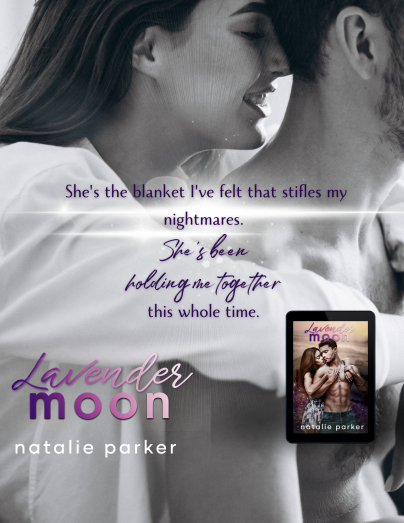News & reviews for the fiction lover in us all!
Designing for the Reader Experience

If you’ve been following along with me for a while, you’ve probably heard me refer to the reader experience. As a book interior designer (typesetter, formatter, etc.), readability is my highest priority. If your goal is to sell your book to the public, readability is key. The reader experience can involve many different elements across different book formats. While audiobooks are a rapidly growing format, the experience is vastly different from a printed or digital book. For now, we’ll address the visual characteristics that impact how readers experience your writing in print and digital books.
Understanding your target audience is key in making design decisions. There are two ways to characterize your book’s design. The first takes into consideration your author branding. This type of styling generally falls into the category of layout and design. This is where we get to have fun, creating a unique style and aesthetic. The second focuses on readability. Readability is achieved through typesetting and formatting. While less creatively driven, it lays the foundation for a positive reader experience.
Because typesetting is foundational, we’ll start there. At the most basic level, typesetting is putting letters on a page. When designing for the reader experience, we take into consideration the trim (page) size, margins, font style and size, and leading (line spacing). Each of these characteristics can be modified in most consumer-level software. In professional software, you may find additional characteristics to customize.
While professional formatting is a unique skill with many nuances, anyone with a solid understanding of these design principles can create a professional-quality book, designed for a positive reader experience, using tools you already have, or which you can purchase inexpensively.
An important factor in typesetting is knowing your audience. For young readers and older audiences, functional fonts tend to be on the larger end, around 12 pt. Font sizes use a standard measurement scale, point size, though different fonts with the same defined size can appear to be different sizes on the page. The best way to get a good sense of the size of your font is to print a few pages. Compare it to an already printed book that is for your same audience. (To get an accurately printed page to review, remember to print at 100% and not to “scale” the page.)
For these audiences, line spacing and margins tend to be slightly larger. The added white space helps the eye to follow the text across the page. Most books you find in a major store have font sizes between 10.5 and 12 pt. Large print books can range from 16-20 pt. and have some unique requirements for readers with visual impairments.
The industry standard for leading is 1.2, meaning the line spacing is 1.2 times the size of your font. If your book is typeset at 10 pt., then your leading would be 12 pt. For older audiences, you might increase the leading to 1.4 to allow for more white space.
Double spacing is reserved for the editing process. Originally, it allowed for notes to be placed directly above text for clarity during the editing process. As we have moved into the digital age, editors are less likely to take a pen to your printed manuscript.
Now that we’ve addressed font size and spacing, let’s talk about fonts in general. Both readability and licensing are very important. When publishing a book that you intend to sell, you must source fonts that are commercially licensed.
Read the entire article in the May 2022 issue of InD'Tale magazine.
You can just click on the magazine image on the left hand side of our home page to open and enjoy!
OR
If you would like to receive the magazine every month (for FREE!) , just sign up on our home page. Once you do, an e-mail validation notice will be sent directly to you. Just open and click the link and you're in - forever! Each month the magazine will be delivered directly to your inbox to downlad and read!



